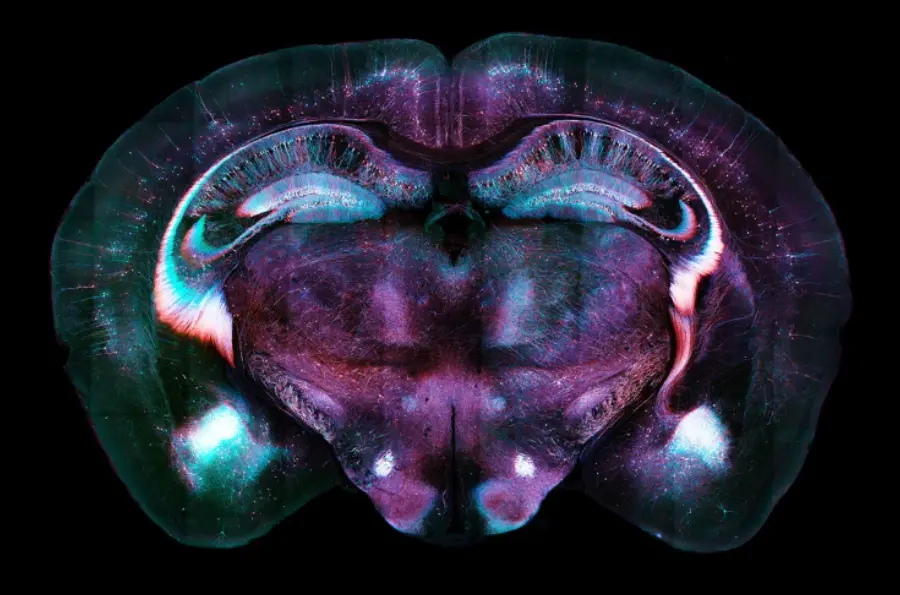Recent data indicates that autism diagnosis rates in the United States have reached new highs. According to the Centers for Disease Control and Prevention (CDC), approximately 3.2% of 8-year-old children were identified with Autism Spectrum Disorder (ASD) in 2022, a significant increase from previous years. This trend has sparked discussions among experts, policymakers, and the public about the reasons behind the rising numbers.
Improved Detection and Awareness
One of the primary factors contributing to the increased autism rates is enhanced detection and growing awareness. Experts emphasize that the rise is largely due to better recognition of the condition by healthcare professionals, educators, and parents. This heightened awareness leads to more children being evaluated and diagnosed, particularly those who might have been overlooked in the past. The expansion of screening programs and educational initiatives has played a crucial role in identifying children with ASD at earlier stages.
Broadened Diagnostic Criteria
Changes in diagnostic criteria over the years have also influenced the reported prevalence of autism. The Diagnostic and Statistical Manual of Mental Disorders (DSM), which guides mental health diagnoses, has undergone revisions that broaden the definition of ASD. For instance, the DSM-5, released in 2013, consolidated previously separate diagnoses like Asperger’s Syndrome and Pervasive Developmental Disorder-Not Otherwise Specified (PDD-NOS) under the umbrella of ASD. This reclassification has led to more individuals meeting the criteria for an autism diagnosis.
Diagnostic Substitution
Another contributing factor is diagnostic substitution, where individuals previously diagnosed with other developmental disorders are now being identified as having ASD. This shift reflects changes in diagnostic practices and increased understanding of autism’s diverse presentations. As a result, some of the rise in autism rates may be attributed to reclassification rather than a true increase in incidence.
Environmental and Genetic Factors
While improved detection and diagnostic changes account for much of the increase, researchers continue to explore environmental and genetic factors that may contribute to autism. Studies have examined potential links between ASD and prenatal exposures, such as air pollution, maternal stress, and certain medications. Genetic research has identified numerous genes associated with autism, suggesting a complex interplay between genetics and environment. However, no single cause has been definitively established, and the condition’s etiology remains multifaceted.
Debunking Myths: Vaccines and Autism
Despite extensive scientific evidence disproving any connection between vaccines and autism, misconceptions persist. The initial hypothesis linking the MMR (measles, mumps, and rubella) vaccine to autism has been thoroughly debunked through numerous studies. Health authorities, including the CDC and the World Health Organization, affirm that vaccines are safe and do not cause autism. Continued efforts are necessary to combat misinformation and ensure public confidence in vaccination programs.
Implications for Support and Services
The rising prevalence of autism diagnoses underscores the importance of accessible support and services for individuals with ASD and their families. Early intervention programs, educational accommodations, and community resources are vital for promoting positive outcomes. As more children are identified with autism, there is a growing need for trained professionals, inclusive educational settings, and supportive policies that address the diverse needs of the autism community.
Conclusion
The increase in autism diagnosis rates reflects a combination of factors, including improved detection, expanded diagnostic criteria, and greater awareness. While environmental and genetic influences are areas of ongoing research, the current data suggests that much of the rise is due to changes in how autism is identified and understood. Moving forward, it is essential to focus on providing comprehensive support, promoting inclusivity, and fostering a society that values neurodiversity.







